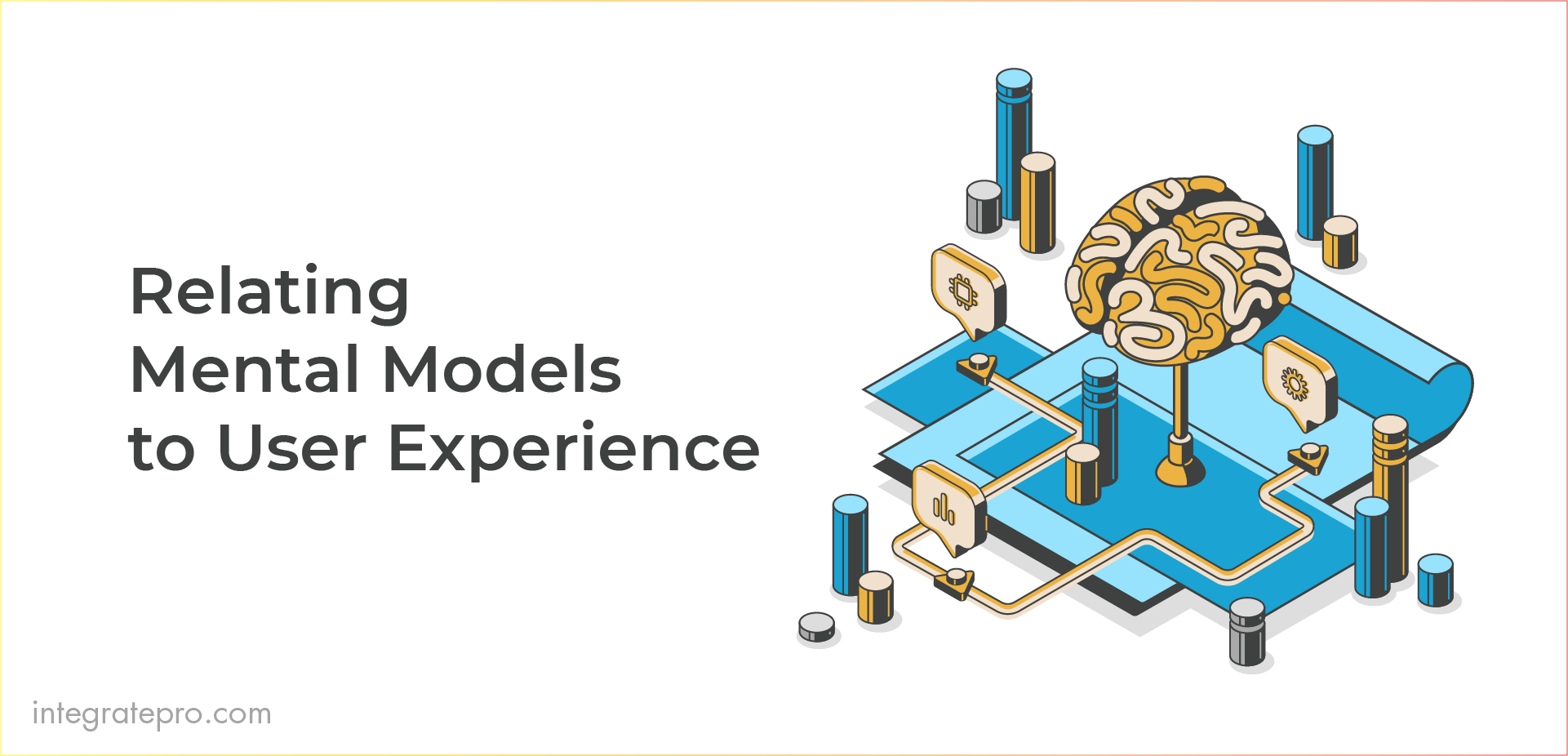Relating Mental Models to User Experience
by Dave | Blog

Mental models are belief-based, not knowledge-based. They refer to how a person thinks and what he or she expects about how things work. This has a profound influence on behavior, task performance, and problem solving.
If designers are familiar with mental models, they know the direction to take in designing digital interfaces. Mental models guide them on creating designs that are more usable and intuitive. Cultural context goes into it, allowing designers to cater to specific users.
Mental models also contribute to innovations by improving products in alignment with user expectation. They are definitely helpful in being able to understand users, which can be applied to a wide range of situations, not just in web design. It behooves businesses to explore mental models in their bid to provide a better customer experience.
Have Web Browsers Gone Too Far?
Web browsers are a significant consideration in a web designer’s job and a ubiquitous tool among web users. Understandably, security is a huge concern for the different browsers and they have taken steps to keep their users safe from malicious factors. Unfortunately, they may have overstepped boundaries in their bid to provide better security. There is a difference between a harmless warning against non-secure websites and a much more assertive blockage of what browsers perceive to be “insecure” downloads. If these browsers behave too much like a police or nanny state, then users have to push back to get them to identify limits and toe the line.
How to Fix Your Website’s Memory Leak
Memory leaks turn out to be common, especially for single page apps. Signs include sluggishness in the user interface and crashing browsers. What can you do when it happens to your site?
- Reproduce – Determine if it’s actually a memory leak. Navigate from an overview page to a product detail page and back. Repeat six times to get insight on memory usage.
- Analyze – Zero in on the culprit by studying the timeline of memory allocations for detached nodes.
- Validate – Remove the source of the datalayer objects wherein the detached nodes are referenced.
- Iterate – Find other less obvious issues and go through the validation step for them.
- Fix – Patch and remove where it’s needed to get rid of the leak.